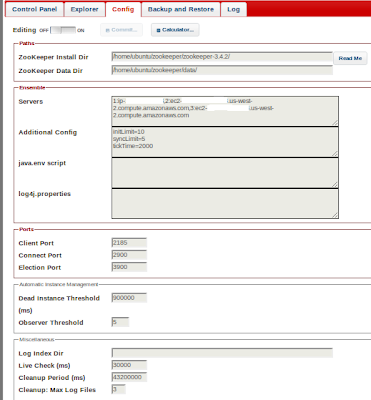Writing Unit Tests to test JMS Queue listener code with ActiveMQ
During my GSoC project for OpenNMS i did some work with JMS and wanted to write test classes to make sure that my code was working well. In this article i will try to explain how you can use ActiveMQ to write test cases for your JMS code. This is very handy when your code has a part that listens to a JMS queue. Apache ActiveMQ Apache ActiveMQ is a extremely popular and very powerful open source messaging and Integration Patterns server. You can check it out here . The part we will be using to run our test classes is the embedded broker that is provided by ActiveMQ. This allows you to create a temporary broker for test purposes to create a JMS queue in our case. If you want to learn more about the embedded broker check out this article . The easiet way to create a embedded broker is through the following code line. This will automatically create a embedded broker. ConnectionFactory connectionFactory = new ActiveMQConnectionFactory("vm://localhost?broker.persistent=false"

